Three years after launching the 4th generation of the Suzuki Jimny in Malaysia, NAZA Eastern Motors (NEM) has added the 5-door version to the range.
This new variant went on sale in India last June and received such a positive response that there was a waiting period of 8 months. It is perhaps for this reason that NEM can only get the first units over a year later.
The Jimny has been around since the 1970s and actually began as a design which was started by another Japanese company that it bought over, acquiring a small off-road model which it developed and commercialised.

It arrived in Malaysia in the second half of the 1970s and became popular among the off-road enthusiast community that was just starting to grow.
It was also popular with construction companies as it was a rugged runabout with 4×4 to give off-road capability. It was rather basic (with an 800 cc engine) and cost around RM18,000 in the late 1970s.
As Suzuki found the SUV segment to be lucrative, it developed a bigger model called the Vitara but the Jimny (in Malaysia, it was marketed as the LJ and SJ series) was never retired. Its increasing cult status encouraged the company to continue producing it.

However, product cycles were longer than usual and this is why today, after 54 years, it is only in its 4th generation.
The third generation had the longest life of 20 years before the current generation was introduced in 2018.
The Jimny was a kei car at the start, which limited its size to what Japanese regulations for the class permitted. Though it was exported overseas, Suzuki kept it in the kei class which meant each generation had to stay within certain compact dimensions.
However, export models were given larger engines to provide extra power, with up to 1.9 litres (diesel) in a version made in Spain.
Until the 4th generation, the Jimny had only 3 doors, even though its size grew (though not greatly).
In 1985, Maruti Suzuki developed a long-wheelbase version called the Gypsy that was the only one up till today. Its wheelbase was 2375 mm, whereas standard versions were around 2030 mm.
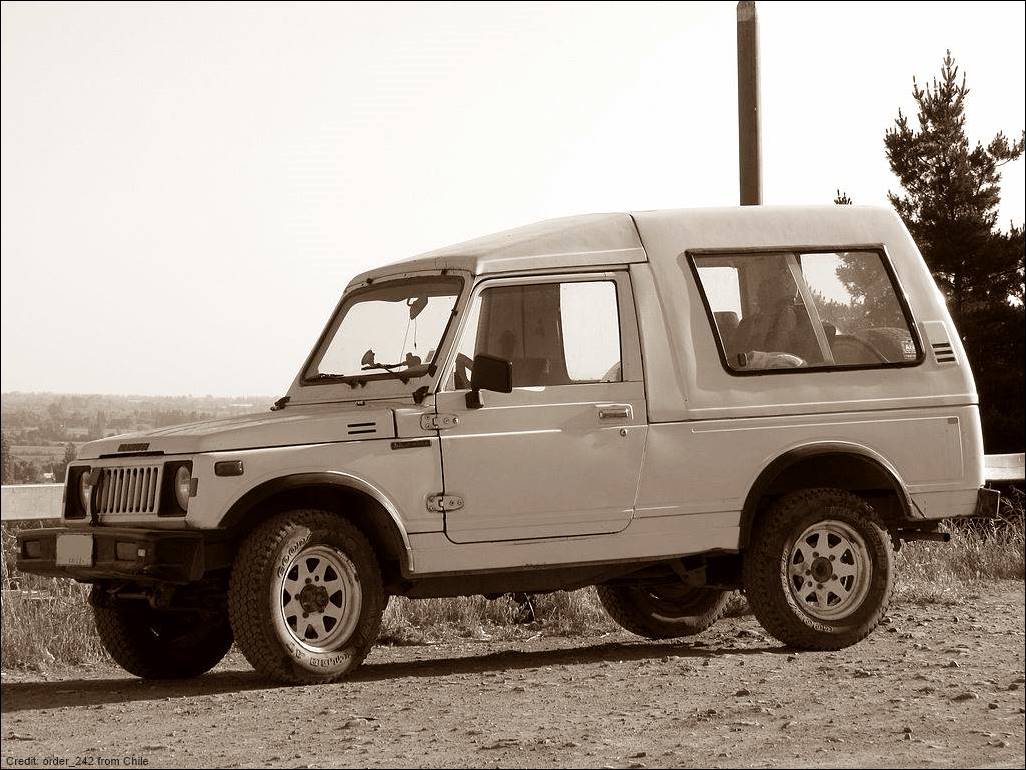
The long wheelbase Gypsy was exported to many countries and you would see it in many Bollywood movies because it was popular with the Indian police and army. It is probably this experience (making the LWD variant) which may be why Maruti Suzuki has been assigned to make the first 5-door Jimny in its history for global distribution.

Maruti Suzuki is the largest automaker in India, having grown from the 1980s when it was bought over by Suzuki. Generally, if the factory is owned by the automaker itself, the products are usually of a high quality as the company will invest a lot and put in manufacturing technologies to ensure the quality on which its reputation depends.
So for those who may wonder about the quality of the Jimny coming from India, there should probably be no concern as it is likely to be as good as the 3-door version that comes from Japan.

The unfortunate thing is that even being made in India, the cost is still high. The 3-door price starts from RM174,900 while the 5-door Jimny starts from RM199,950.
Customers who want some of the more special metallic colours or 2-tone colour schemes will have to add RM1,500 – RM2,500, which would take the price past RM200,000.
While Malaysia does have a free trade agreement with India, it does not seem to help in the case of importation of vehicles, and is worsened with our high import duties on CBU (completely built-up) vehicles.
![Suzuki Jimny 5-door [2024]](https://www.motaauto.com/wp-content/uploads/2024/07/Suzuki-Jimny-5-door-2024-3.jpg)
While the design of the first two generations were inspired by the legendary Jeep, the third generation got a bit funky, perhaps to cater to the younger customers. With the fourth generation, Suzuki seems to have been inspired by the Mercedes-Benz G-Wagen, which was originally introduced in the late 1970s.
![Mercedes-Benz G-Wagen [1979]](https://www.motaauto.com/wp-content/uploads/2024/05/Mercedes-Benz-G-Wagen-1979.jpg)
![Suzuki Jimny 5-door [2024]](https://www.motaauto.com/wp-content/uploads/2024/07/Suzuki-Jimny-5-door-2024-4.jpg)
While much is said about the looks being rather like the G-Wagen, Suzuki also points to its ‘heritage design’. These can be seen in features such as the round headlights (now LED), clamshell bonnet and vertical openings in the front grille.
The current grille follows the 5-hole design of the previous generation but the one before that had narrower and more openings. And at the rear, the side-hinged door with the spare wheel mounted on it is maintained for the authentic 4×4 look.
![Suzuki Jimny 5-door [2024]](https://www.motaauto.com/wp-content/uploads/2024/07/Suzuki-Jimny-5-door-2024-5.jpg)
Dimensionally, the 5-door is just 342 mm longer than the 3-door and the longer body has allowed the wheelbase to stretch from 2250 mm to 2590 mm. However, even then, the Jimny is less than 4 metres long so it is still quite small.
Throughout its history, the Jimny has maintained the traditional structure and drivetrain of 4×4 vehicles. In spite of its small size, it still has a ladder-frame chassis and a genuine 4×4 system known as ALL-GRIP Pro with a transfer case providing High and Low gear ranges.
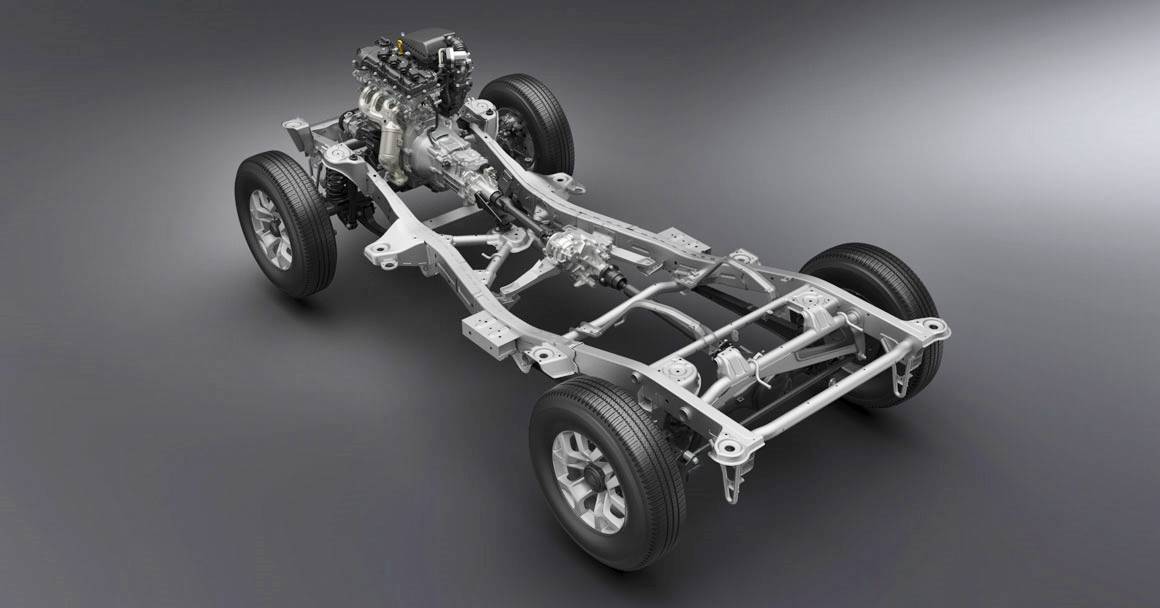
And while some SUVs today offer various drive modes with the push of a button (or turn of a dial), the Jimny still has a manual selector for switching from 2WD to High 4WD or Low 4WD. Younger buyers may be puzzled by this and how it works but fortunately, the operation is a bit more simplified.
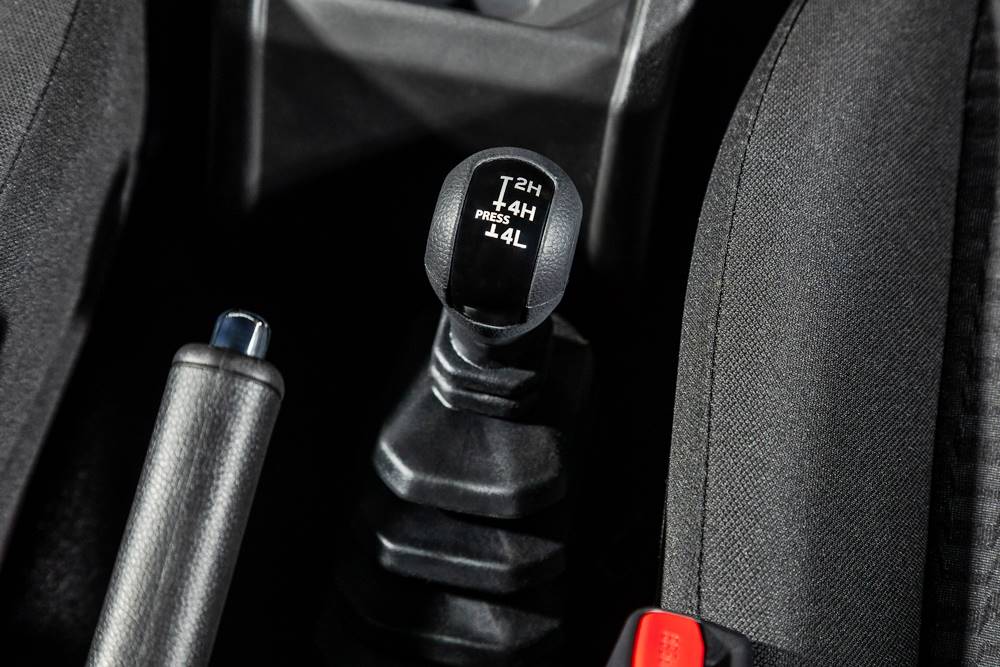
And there is also a 4-speed torque converter automatic transmission which the hardcore 4×4 types would detest but which would appeal more to today’s drivers.
There is no locking differential but the Jimny driver can still get out of difficult muddy situations with a Brake LSD Traction Control system. This system stops spinning wheels and directs torque to those wheels which have grip to move the vehicle forward.

The engine is similar to the 3-doors, which is a 1.5-litre 4-cylinder petrol unit with an output of 100 bhp/130 Nm.
From what we can see, the other engine is a 3-cylinder turbocharged 658 cc unit which is for the Japanese market to enable the vehicle to qualify for kei car benefits.
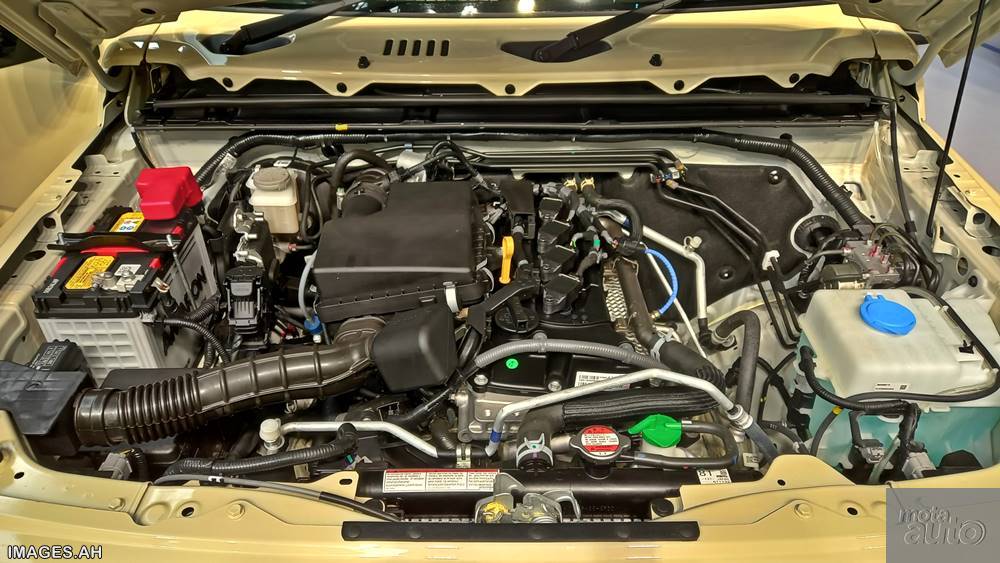
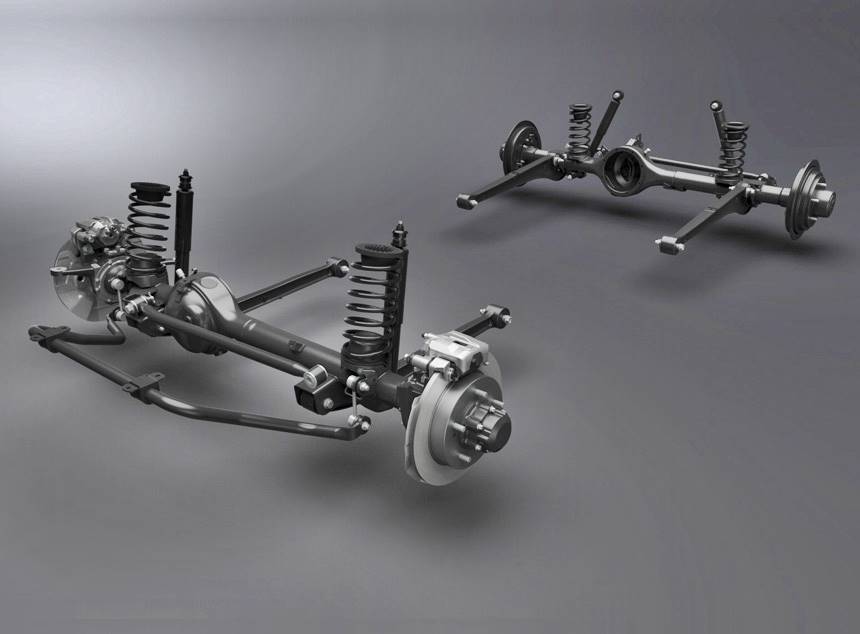
As for the suspension, this too is a fairly traditional layout with rigid axles front and rear, and 3-link location. It is simple and for those who do go off-road into really rough stuff, this is probably an assuring set-up with no fancy electronics.
The Jimny is technically quite simple in terms of engineering, so it’s hard to understand why the price is so high, even ex-factory. This was apparent in the previous generation, discouraging many. It could be that production has not been high but Suzuki still wants to make it.
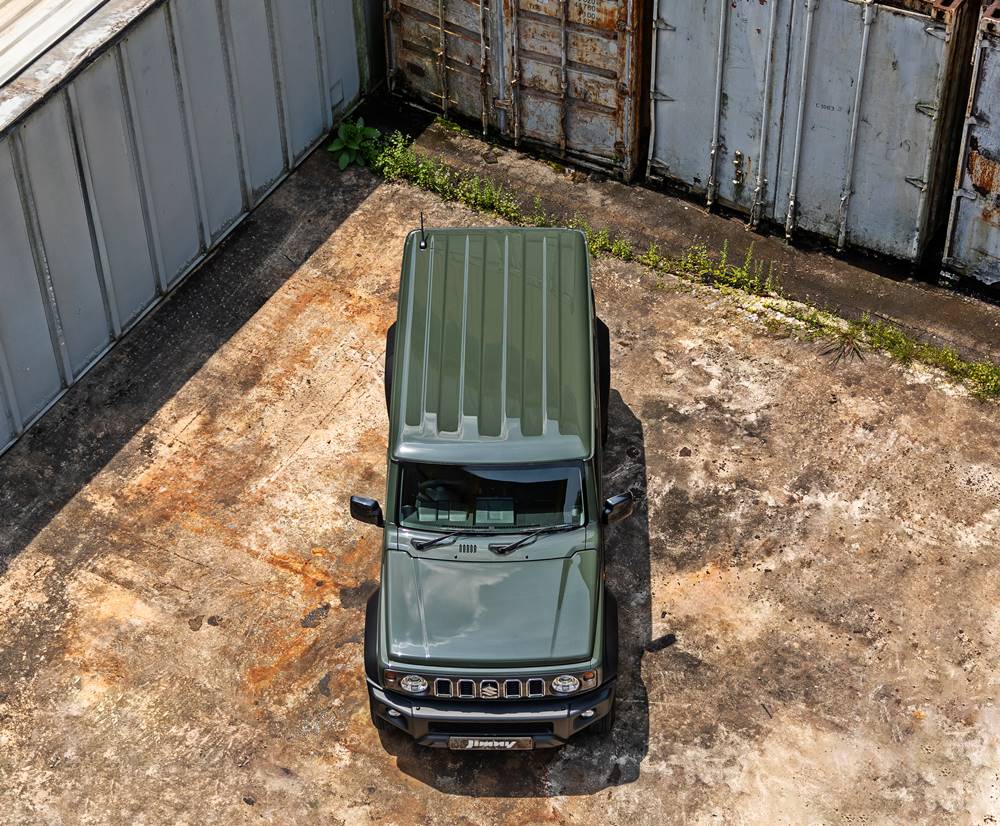
For NEM, the high price may not give it big numbers but it is not after volume. The Jimny has long been a ‘niche model’ for which there will be some buyers. And Naza has had long experience in niche model business so it must be comfortable with the potential numbers of a compact 1.5-litre SUV costing RM200,000.
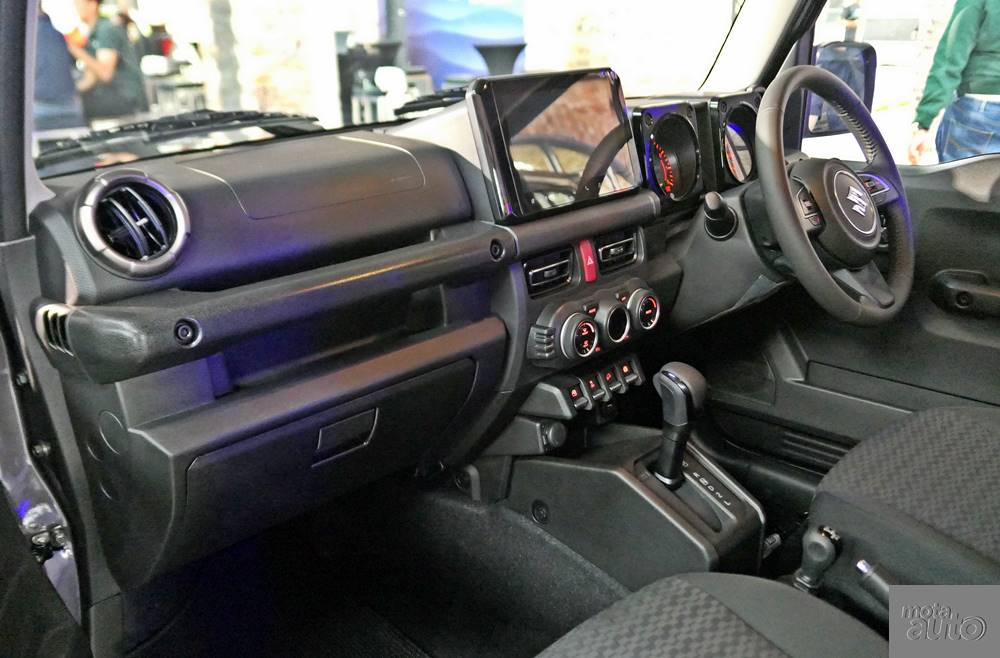
Moving inside, the layout is pretty much the same as the 3-door, ie a mix of old school and modern displays. However, the central display is larger at 9 inches and there’s Android Auto/Apple CarPlay connectivity.
Touchscreen operation is not excessive and the ventilation controls are rotary knobs which is better when driving. Unusually, the switches for the front power windows are located on the dashboard, but cables still have to run into the doors.
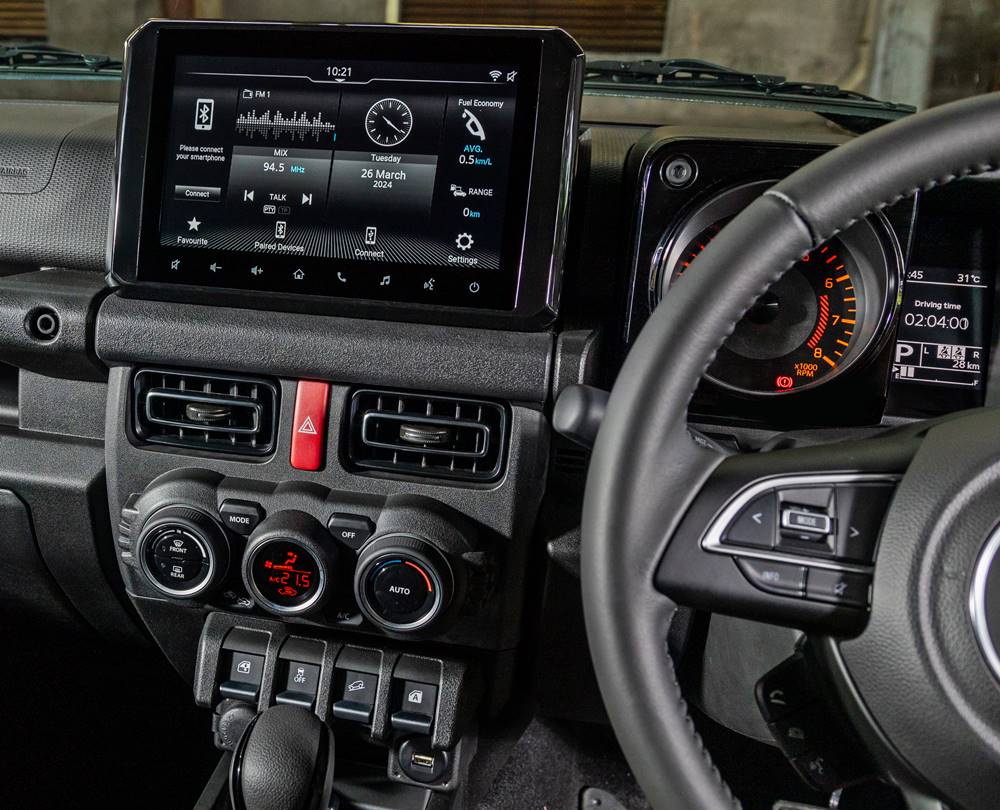
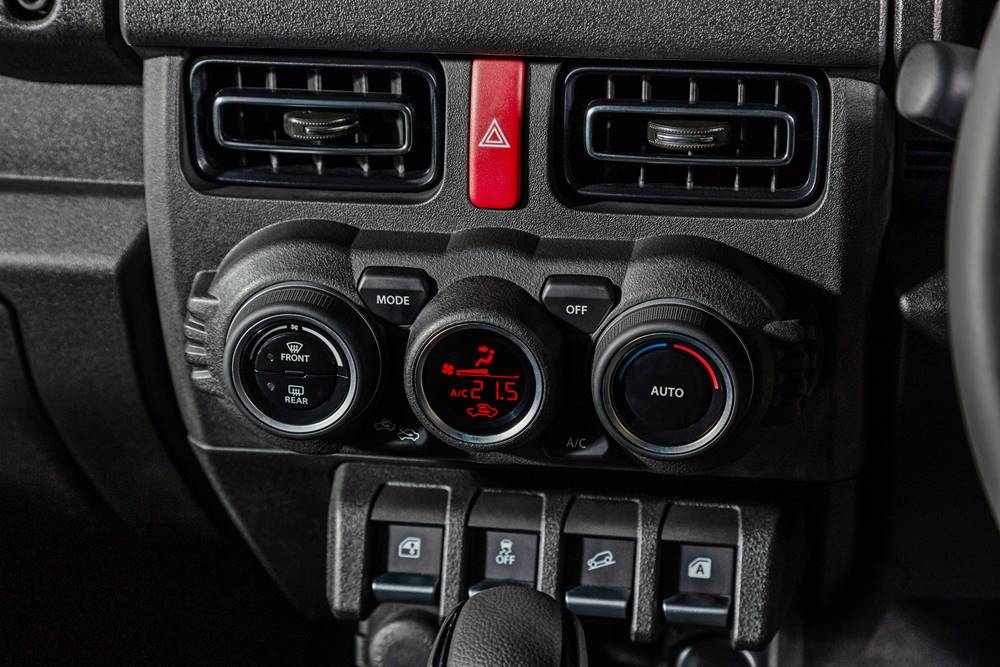
The extra body length gives a little bit more space for the rear passengers and an extra 367 mm in the length of the boot. This expands the volume to 211 litres (from a mere 85 litres in the 3-door) and if more space is needed, the rear backrests can be folded to provide up to 332 litres.
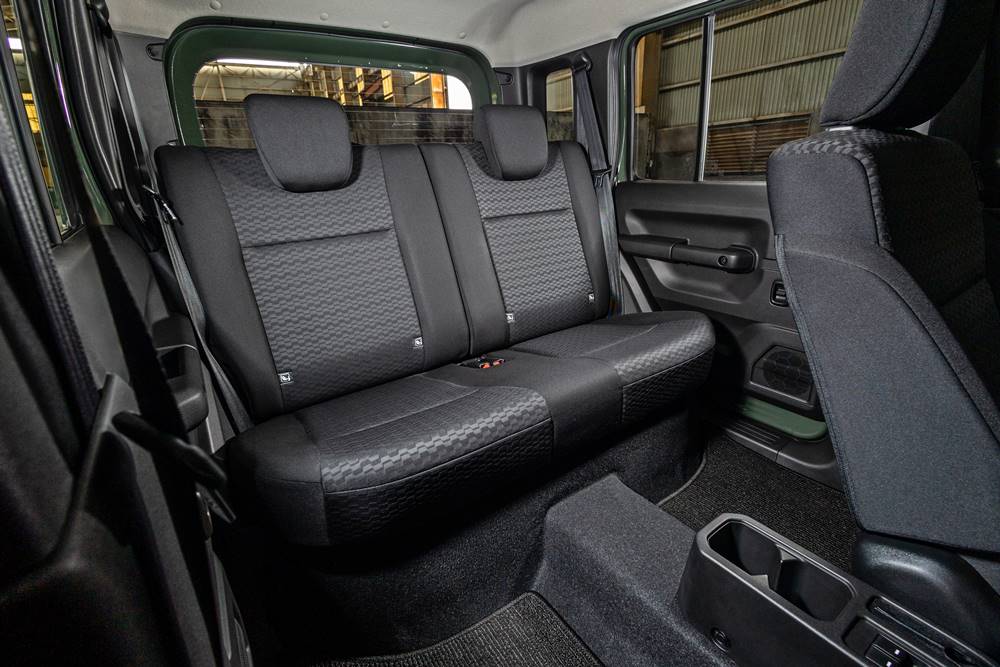
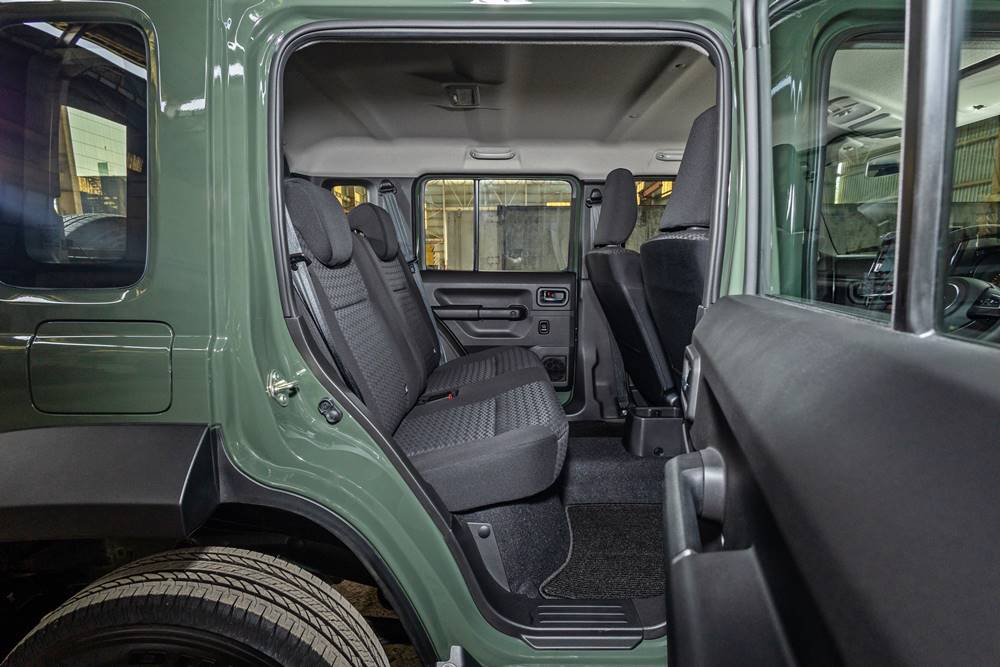
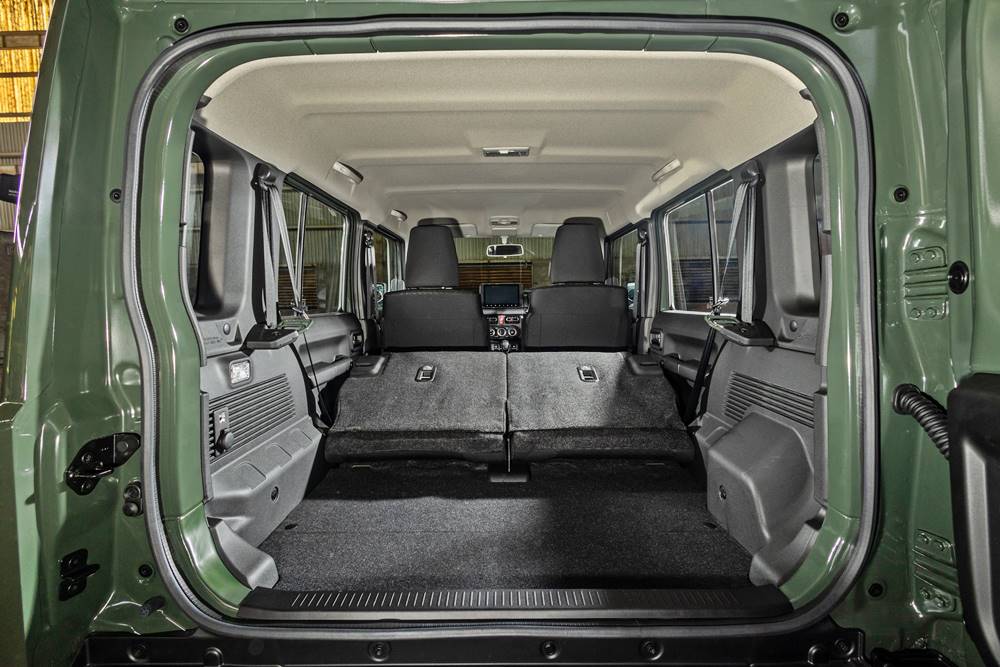
The 5-door is expected to add 100 units to the brand’s sales over the coming 12 months, complemented by the 3-door and Swift models. When NEM brought back Suzuki cars to Malaysia, it was during the pandemic period in 2021 and network development was slow. However, it has been making plans for expansion and open new branches as well as appoint additional dealers in major areas, including Sarawak.
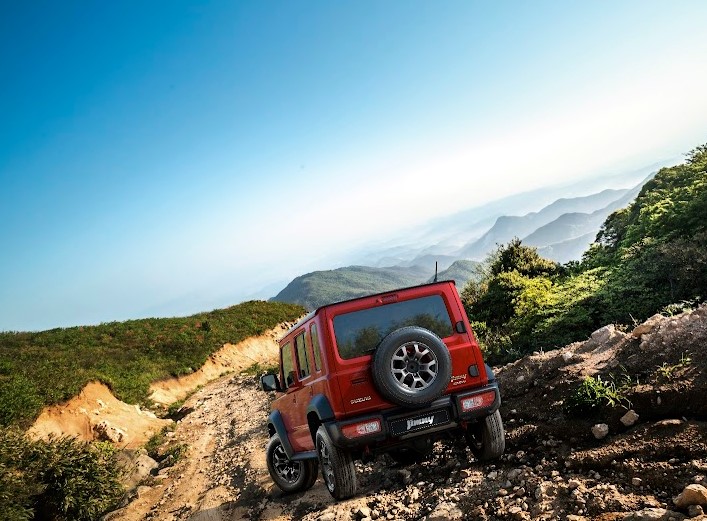
![Suzuki Jimny 5-door [2024] Suzuki Jimny 5-door [2024]](https://www.motaauto.com/wp-content/uploads/2024/07/Suzuki-Jimny-5-door-2024-9-696x342.jpg)
